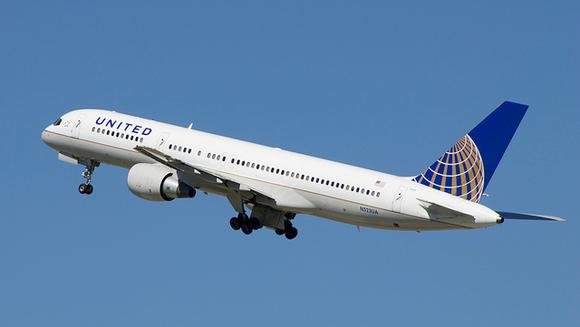Responding to WesK on behalf of Helmsman Trawlers --
We certainly agree with the "intended use" principle. The original Camano 31, as a rather unique variant of a semi-displacement hull design, performed extremely well through a wide range of speeds while reducing the impeding bow wave effect. The 200 hp engines were capable of operating through this speed range, but if the boat was heavily burdened, or if the hull bottom was slimed even a little then top-end performance would diminish markedly. So we weren't concerned about adding a little horsepower, as Camano did with the 225 hp D-4s at the end of its production run. The Hyundai in its 240 hp version is a nice fit to employ the full speed capability of the Bob Warman hull, while providing a "commercial" continuous full throttle rating. It's a fair statement to say that not everyone wants to run past 7 or 8 knots, and the 31 Sedan makes a fine "displacement speed" trawler too, which is why we offer the lower horsepower option (a Deere 125 at a customer's request in one boat, for instance).
Having sold a lot of Camanos it was always interesting to me that if I'd ask the owners what their "cruising" speeds were I would get different answers -- 6 knots, 7 knots, 8 knots, 10 knots, 12 knots, 13 knots.... There aren't many boats that are identified to operate well through such a wide range of perceived "sweet spots".
In our experience, reinforced by the advice of a major engine manufacturer, the current common-rail electronically-controlled engines in this size range are not prone to "carboning up" from uncombusted fuel because the fuel is metered so precisely to meet the power demand -- the concerns associated with operating a mechanically-controlled diesel at low demand are not applicable to the current generation. I'm not meaning to start a debate -- and there are other strings on TF to address this topic... That is my belief however. And again, because of the precise metering, there is a negligible fuel/speed efficiency loss in operating a higher horsepower engine at slow speeds, compared with a similar but low horsepower engine operating at the same through-the-water speed.
Scott Helker
Helmsman Trawlers






